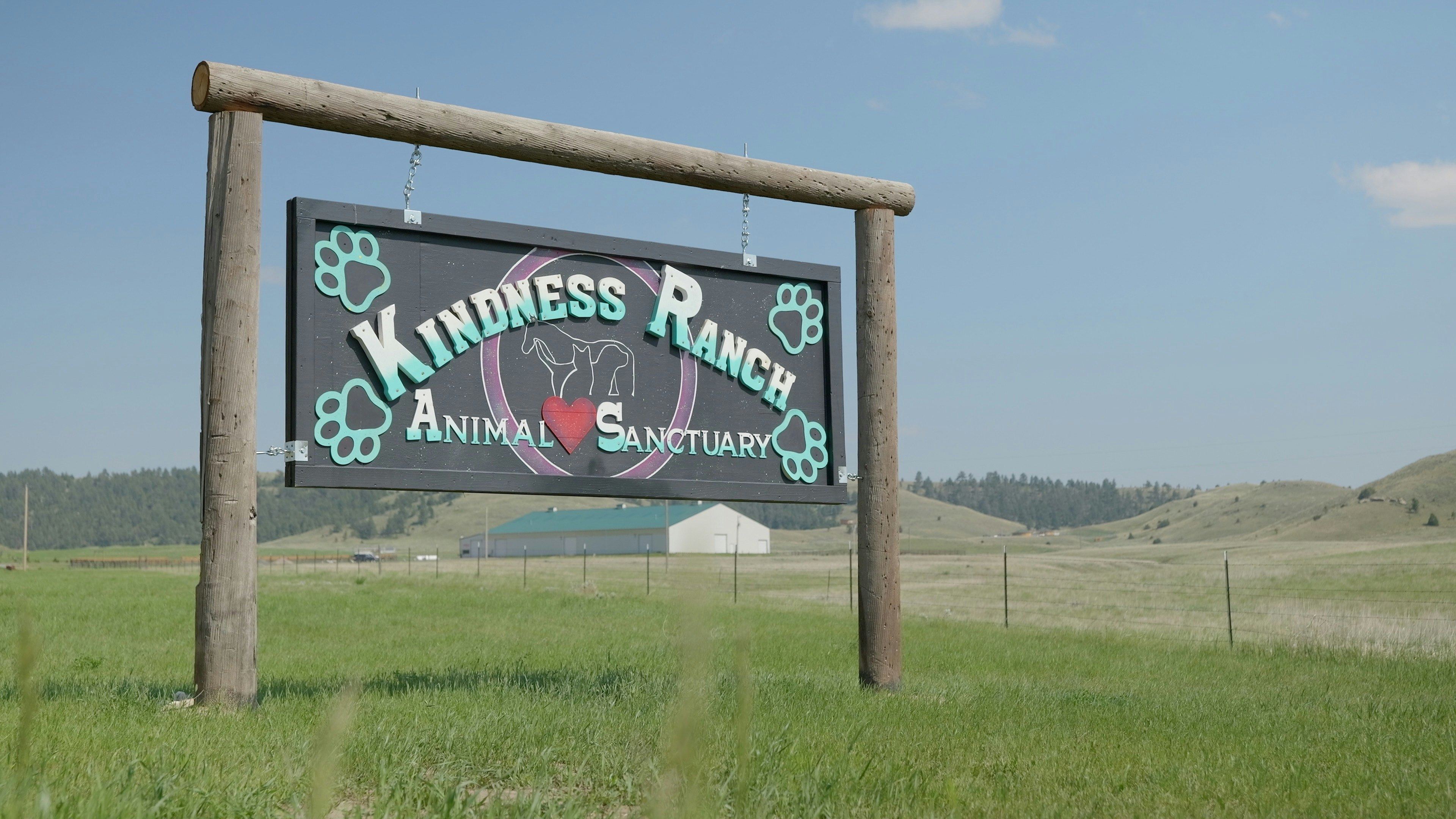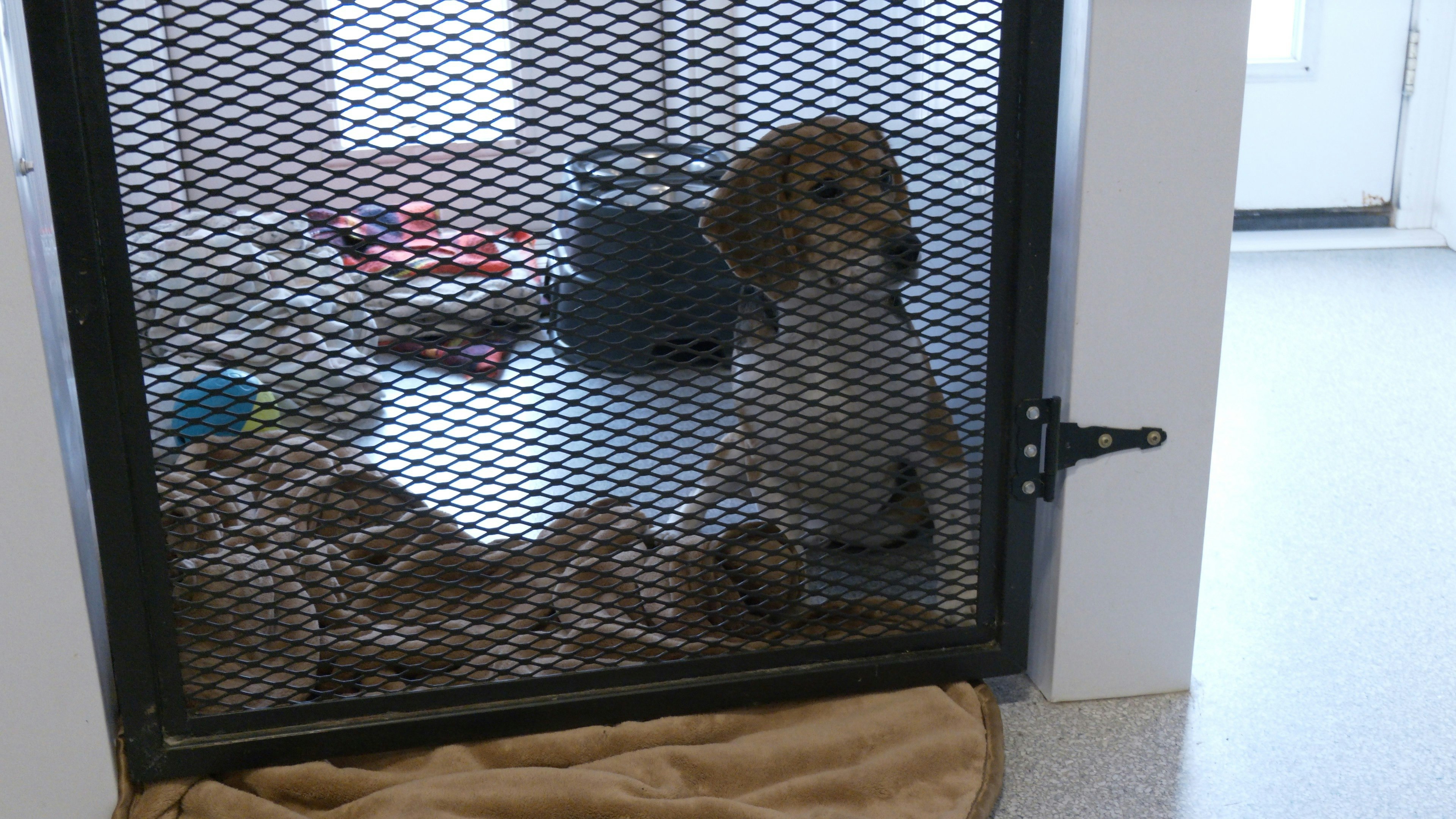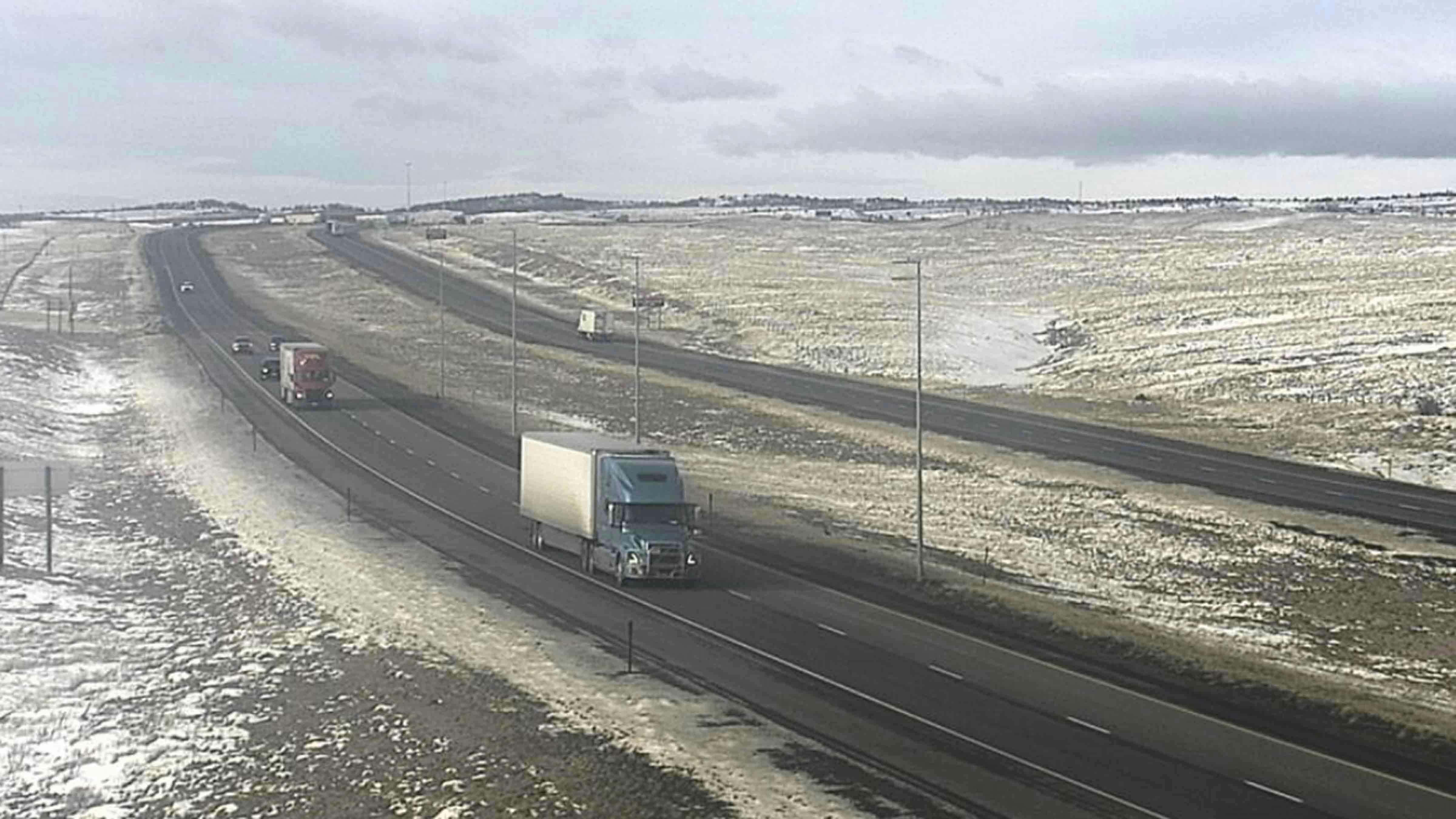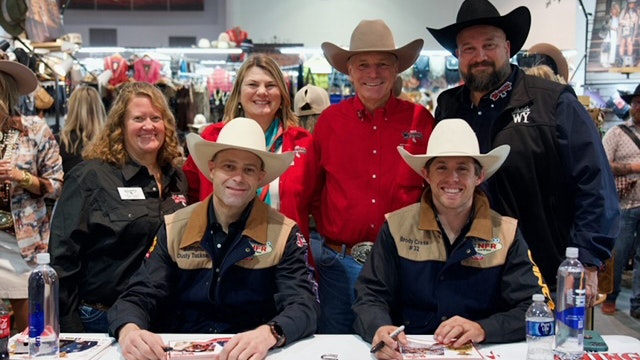HARTVILLE — Kindness Ranch’s John Ramer will never forget the time he coordinated the placement of 100 dogs from a research facility in Houston, Texas.
As Ramer and a man from the facility watched the dogs being loaded up, the man seemed to be emotional, Ramer said.
“I thought that it was because we were taking all of these dogs, and he was happy to see them go. And when I asked him what he was thinking about, he said that he had to put his family dog down over his lunch break,” Ramer said.
Once research laboratories are done with animals, they’re often euthanized. Kindness Ranch offers an alternative as one of the only facilities to take in former research animals.
Ramer said there’s a lot of professional detachment in animal testing, and this Houston experience taught him a lesson.
“To see that contrast between how he felt at the loss of his personal dog and how these 100-plus beagles we were loading up were just a commodity, it was kind of an eye-opening experience for me to make a concerted effort to connect with these people on the more human level and develop a relationship with them,” Ramer said.
That illustrates the balance Ramer has to strike as the executive director at Kindness Ranch in Hartville. He has to build relationships with facilities strong enough so they’ll release animals into his care, while also holding strong beliefs about animal welfare.
He coordinates the release of the animals across the United States, and even internationally.

The ranch takes in and rehabilitates dogs, cats, pigs, horses, sheep, goats, cows and llamas. Cats and dogs are adopted out after they’re rehabilitated, while the farm animals find a permanent home at the sanctuary.
Each animal comes with its own triggers and challenges, as well as bittersweet victories. The short documentary “Where Research Animals Have A Future: Life At Kindness Ranch” features the stories of the animals and people at the heart of the sanctuary, while highlighting the challenges of building relationships with research facilities.
Wide Open Spaces
At Kindness Ranch’s remote 1,000-acre sanctuary, you hear mainly the hum of workers, the grunts and barks of animals, and the whistling wind.
The farm animals, cats and dogs who enjoy the sanctuary’s quiet wide-open spaces look largely normal on the surface, despite their pasts. Most of them are former research animals used in varying sectors like cosmetics, pharmaceuticals or training.

Founded in 2007 by Dr. David Groobman, a Denver psychologist, the nonprofit was the only sanctuary devoted to placing former research animals into home environments, said Ramer.
Over the last year, the nonprofit’s budget totaled $2.3 million, with 61% of donations going to animal care and the rest to fundraising, outreach and development, Ramer said.
“Since then, we've developed from rescuing 30 animals a year to recently surpassing 500 dogs and cats placed into private homes in a one-year period,” Ramer said.
That volume is built on relationships with laboratories, which can be challenging to build in Ramer’s line of work.
“It's so easy to be against something. I could tell everybody that I'm against euthanasia and that they need to change their ways to appease me, but that doesn't get anything done,” Ramer said. “But then I have to figure out what I'm in favor of.
"I'm for building relationships with these facilities and informing them that there's alternatives to euthanasia, and we can do it while still objecting to the practice of animal testing, but finding the one thing we agree on, and that euthanasia isn't required.”
Kindness Ranch sometimes gets backlash from other animal advocates who say the ranch isn't doing enough. In Ramer’s opinion, there are other advocacy groups that can focus on alternatives to animal testing.
Someone has to take in the animals that are being used in research, and that’s Kindness Ranch, he said.
“We have the opinion of the public and the keyboard warriors on social media that will always tell us that we're not doing enough,” Ramer said. “But we're trying to fulfill our mission, which is very unique and very specialized. And in my opinion, I don't think there's anybody that's doing it better than us.”
In fiscal year 2023, U.S. labs used more than 774,000 animals in research, according to a USDA report. That number only includes species protected by the Animal Welfare Act, not rats, mice or birds bred specifically for research.
While there are some industry shifts away from animal testing, it’s still widely used across public and private research from pharmaceuticals and cosmetics to chemical safety and medical training.
Every Animal Has A Story
Each animal comes in with its own story.
They arrive at the ranch with varying levels of detail about their current health and what kind of research they were used for, depending on what the laboratory is willing to share. To maintain their relationship and continue receiving animals, the ranch keeps the laboratories anonymous and shares limited details about where the animals came from.
In a pen labeled the Kalamity Korral, two hairless Yucatan pigs named Daphne and Delilah root around in the dirt and eat luscious greenery in their pen. They enjoy back and belly rubs, especially when farm supervisor Terri Brunner applies their sunscreen.
Their joyful attitude is a stark contrast to the chemical scarring on their backs, which Ramer said is from cosmetic research.
“We don't focus on their past," Brunner said. "We know that that is the majority of their backgrounds. What we're focusing on now is where their futures are, and we hope that we can provide them with a sound and comfortable and enriching life here at kindness ranch."
Inside a yurt filled with male dogs, a beagle named Ash lets out high-pitched barks. For live-in caretaker and adoption coordinator Bridget Cameron, it's a puzzling noise.
“He might have a neurological issue, although it's not confirmed by the vet or anything, but he's acting a lot different than any other dogs we ever have," Cameron said. "But Ash is part of a group that came two groups ago, and he's the only one left from that group. He has a big, different personality. He has a lot of triggers, I guess you could say. A lot of PTSD.”
Some beagles that come to the ranch have had their vocal cords shaved, so that could be one reason for his odd barking, Cameron said. Or, he might be playing or figuring out how to be a dog, she said.

As the most prevalent breed used in research, beagles are the ranch’s most common intake.
“Their size means that you can house lots of them in one area,” Ramer said. “Their inherent trust, you can do multiple blood draws a day and restrain them, and afterwards, they'll still come back to you as though to look for forgiveness.”
Every full-time staffer lives on the ranch, including Cameron, who shares a yurt with the dogs. That way they can get used to a home environment, which is much different than a research facility.
After three years, she’s used to the routine, but it’s a job that brings new challenges every day.
“You have to be well-rounded and ride the wave, because things are not set in stone. Things change all the time, and sometimes by the hour,” Cameron said.
When Cowboy State Daily visited the ranch June 8, the crew was gearing up to pick up another 22 dogs from the Gulf Coast.
A pair of team members took off early in the morning, planning to drive all day and all night to get the dogs back to the ranch as soon as possible.
The ranch is very full now, according to a June 12 Facebook post. As of then, the ranch had 40 dogs, many of them ready for adoption.
Soon, 47 beagles will arrive from China as well, and 20 more are scheduled for release later in the year.
To learn more about these animals as well as others, watch the video at the top of the page.






